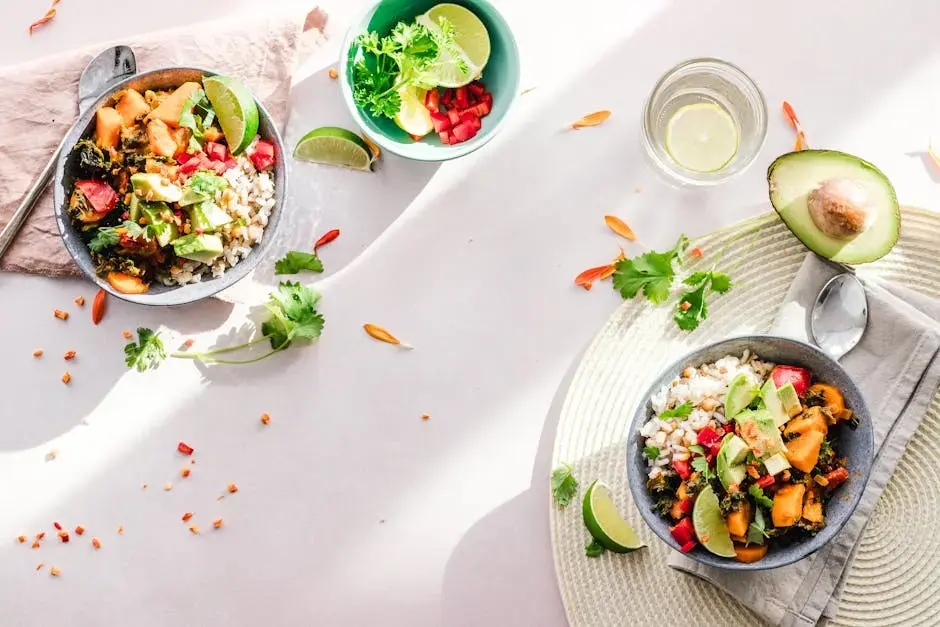Exploring the Rich Heritage of Traditional Vietnamese Sauce
- Omaretta
- Mar 11
- 4 min read
Traditional Vietnamese sauces are more than just condiments; they are cultural treasures that enhance the flavors of Vietnamese cuisine. In this blog, we'll delve into the origins, types, and significance of these sauces, showcasing why they hold a special place in the hearts of many. Join me as we embark on a flavorful journey through the rich heritage of these essential culinary companions.

The Cultural Significance of Vietnamese Sauces
In Vietnamese culture, food is often a means of expressing love, tradition, and community. Sauces play a pivotal role by tying together flavors and enhancing the dining experience. From family gatherings to street vendors, each sauce tells a story of its origins.
Consider the role of nuances; every sauce is crafted with care, reflecting the unique tastes and traditions of each family. The act of dipping is more than just a culinary choice; it symbolizes connection and shared memories. It's through these little moments that we savor not just the food, but the entire experience of Vietnam's cultural richness.
These sauces are often made from locally-sourced ingredients, celebrating the abundance of Vietnam's natural resources. They are a testament to the collaboration between nature and human skill. When you taste a traditional sauce, you don't just taste flavor – you taste the land it comes from, the people who crafted it, and the stories they share.
A Closer Look at Popular Traditional Sauces
Let's explore some beloved Vietnamese sauces, such as nước mắm (fish sauce), mắm tôm (shrimp paste), and satế (chili sauce). Each one has its own unique flavor profile and culinary uses, making them indispensable in Vietnamese cooking.
Nước mắm, for example, is often referred to as the soul of Vietnamese cuisine. It is crafted through a meticulous fermentation process, yielding a rich umami flavor that enhances countless dishes. This sauce isn't just for dipping; it can be used in marinades, salads, and even soups, showcasing its versatility.
On the other hand, mắm tôm brings a bold and pungent quality to the table. This shrimp paste is essential in many traditional dishes, particularly in northern Vietnam. While it may challenge some palates, its depth of flavor creates an unforgettable culinary experience when paired correctly with other ingredients.
And then there’s satế, the fiery chili sauce that adds a kick to any meal. Often found sitting on dining tables, it complements everything from grilled meats to dreamy noodle bowls. The balance of heat and sweetness makes it a favorite among spicy food lovers, showing that each sauce has its own flair!
The Art of Making Traditional Sauces
Creating traditional sauces often involves time-honored techniques passed down through generations. From the fermentation process of fish sauce to the careful balancing of ingredients in dipping sauces, the art of making these sauces is a true culinary craft.
Let's dive deeper into the process of making nước mắm. It begins with quality fish and sea salt, layered and left to ferment for months. This patience results in a liquid that is both savory and sweet, a complex harmony achieved only by time. It’s fascinating how a simple combination can yield such a depth of flavor.
Moreover, making sauces like mắm tôm involves a different approach where the key is in the freshness of the shrimp. It showcases real craftsmanship, as the shrimp must be rinsed and crushed before being fermented. The aroma that fills the kitchen during this process is unmistakable, signaling that something delightful is on the way!
The craft extends beyond ingredients; it's also about the feeling of community. Families often gather to produce these sauces together, underscoring the importance of sharing culinary traditions. This aspect not only preserves recipes but also strengthens familial bonds over the love of good food.
Regional Variations of Vietnamese Sauces
Discover how geography influences the flavors of sauces across different regions of Vietnam. North, Central, and South Vietnam each have distinctive sauce variations, adding to the rich mosaic of Vietnamese cuisine.
In the north, the sauces tend to be stronger and saltier, often highlighting the flavors of fresh seafood, a reflection of its coastal geography. Meanwhile, Central Vietnam is known for its use of chili, creating a unique balance of heat and savory notes that cater to the region’s bold culinary style.
The south, however, offers a contrasting experience with its sweeter, more aromatic sauces that complement the region's abundance of tropical ingredients. Each region's sauce tells a story about its local ingredients, climate, and culinary traditions, giving us a delicious map of Vietnamese culture.
This diversity in sauces serves not only as a culinary delight but also as a way to explore Vietnam's vast landscapes through taste. It reminds us that food is an adventure, inviting us to experience different parts of the country through every bite.
Incorporating Traditional Sauces into Modern Cooking
With the global culinary scene evolving, traditional Vietnamese sauces are finding their way into modern recipes. We will discuss ways to incorporate these flavors into everyday meals while maintaining their authentic essence.
For instance, imagine using nước mắm in a salad dressing – the umami flavor elevates simple greens, making them a vibrant centerpiece for any meal. By blending it with lime juice and a hint of sugar, you create a zesty dressing that doesn't just dress the salad but transforms it into a culinary masterpiece.
Similarly, try incorporating satế into stir-fries for an exciting burst of flavor. Its chili heat can balance well with vegetables, making a colorful and delicious dish. You'll find that adding traditional sauces doesn't just enhance flavors; it bridges the gap between the old and the new, allowing the heritage of Vietnamese cooking to thrive in modern cuisine.
As we experiment, it's essential to remember that these sauces are not just mere condiments; they are reflections of history, culture, and love. Embracing them in our kitchens allows us to honor the culinary journey of Vietnam while creating dishes that resonate with today’s flavors.
Preserving the Legacy of Flavor
The vibrant world of traditional Vietnamese sauces not only adds depth to dishes but also connects us to Vietnam's rich cultural roots. By understanding their history and importance, we can appreciate each drop of sauce as a story of its own. So, the next time you savor a dish enhanced with these sauces, take a moment to reflect on the heritage they carry with them.




Comments